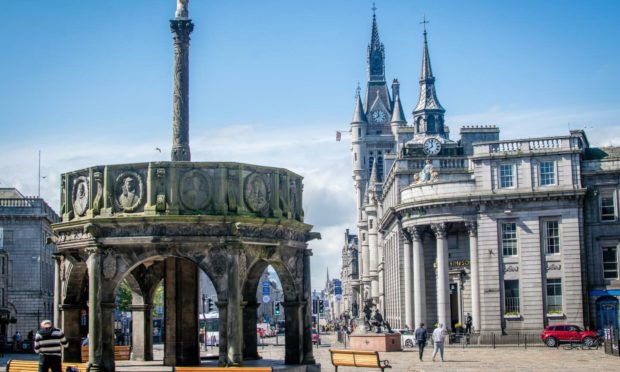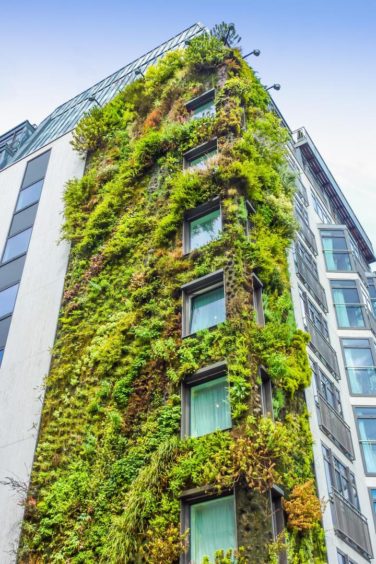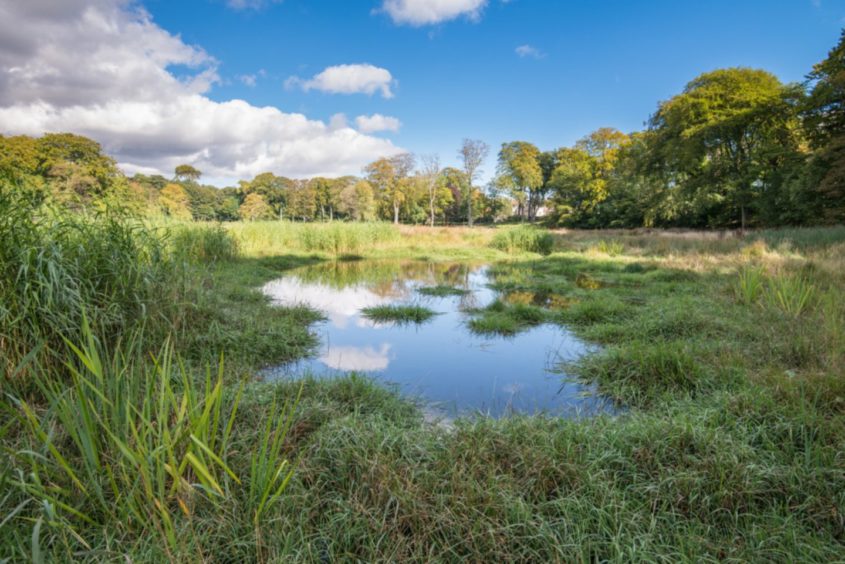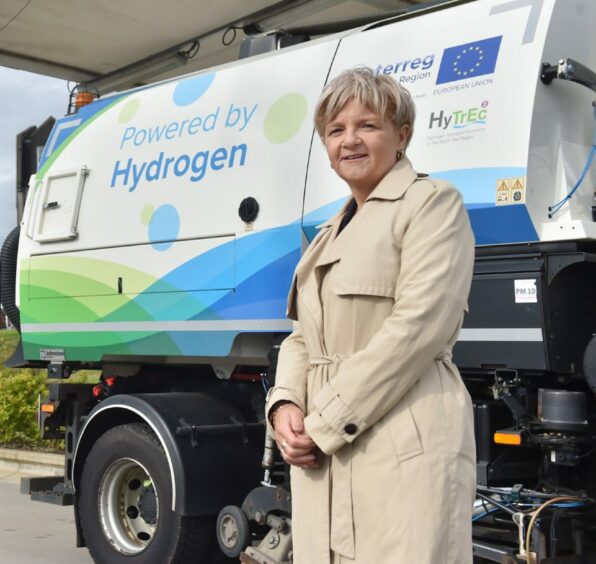We are all being encouraged to consider our carbon footprint and Aberdeen City Council is hoping to lead by example with the launch of their new Council Climate Change Plan.
The £100 million plan considers all council services from housing and schools to the council fleet and electric vehicle infrastructure, environmental protection and low energy bulbs in streetlights.
For the most part, it’s an internal strategy designed to reduce the council’s carbon emissions over the next five years.
But there are some aspects of the proposals which you might begin noticing soon…
Urban grasslands and wildflowers
Unless you’ve been living under a rock, it’s been difficult to miss all the talk about rewilding in Scotland recently.
Essentially, rewilding aims to build healthy ecosystems by creating wild, biodiverse spaces. Getting rid of manicured lawns in favour of wildflower meadows which are beneficial for plants and insects.
Aberdeen City Council is keen to introduce what it calls “nature based solutions” as part of the climate plan. This includes:
- Identifying sites on council land to create naturalised grasslands and wildflower meadows
- Increasing biodiversity and carbon savings by reducing intensive grass cutting
In practice, this means that the council will be looking to pinpoint areas of land around the city which could benefit from being returned to a more “wild” and diverse status.
Other cities carrying out urban rewilding like this have introduced everything from vertical hanging gardens on the front of buildings to new city wetlands. Nottingham even has plans to turn an empty shopping centre into a pocket woodland.
Tree planting in Aberdeen
As it should, most of the council’s climate plan is currently focused on reducing operational emissions.
This means there is minimal focus on offsetting carbon by planting thousands of trees. However, the plan does include a few interesting lines about increasing tree planting in the city.
In particular, it makes reference to “expanding a programme of tree planting on council-owned land”, meaning that more green spaces may be popping up near you in the next couple of years.
The plan also suggests that new tree cover could include the planting of crop trees and orchards which could be used by the community.
New technology to monitor flooding
Thanks to climate change, increased flooding is something we are going to have to get used to, and water management is high on the agenda as a result.
The council is already very proud of the wetland area established in the flood-prone Seaton Park and is keen to develop the Denburn re-naturalisation project in a similar way.
However, the most impactful aspect here could be technology, as the council plan says new equipment is in the pipeline: “Installing CCTV and/or gauges as proactive measures to enable faster council response and reduce the risk and impact from flooding.”
It’s not just cameras or gauges on the table either, as the use of sensor technology to monitor high-risk areas is also set to be increased.
What about everything else?
There’s no doubt that the Council Climate Change Plan 2021-2025 is pretty comprehensive.
It goes into great detail about the council’s electric vehicle fleet, retrofitting council houses to improve energy efficiency and the replacement of all street lighting with energy-efficient LED bulbs, among other things.
Much of the content of the report is already being worked on in some way (for example the LED streetlights and electric car programme have been happening for years), while other aspects are new or perhaps delayed by the pandemic.
However this is a long-term project, and the council say that this plan aims to bring together not just what is already happening but what it hopes to achieve by 2025.
The target? A 48% reduction in carbon emissions by 2025, rising to a 75% reduction by 2030.
Net zero is the end goal, and is hoped to be achieved by 2045 at the latest.
Council leader Jenny Laing said that the council is committed to a rapid shift to a net zero future.
“All of the actions we are taking provide an opportunity for the Aberdeen City Council to become an exemplar in the energy transition towards net zero and lead the way in how to change in a dynamic and thoughtful way,” she said.
“We look forward to the future and working with public and private sector partner organisations and companies to achieve net zero and tackling climate change together.”



